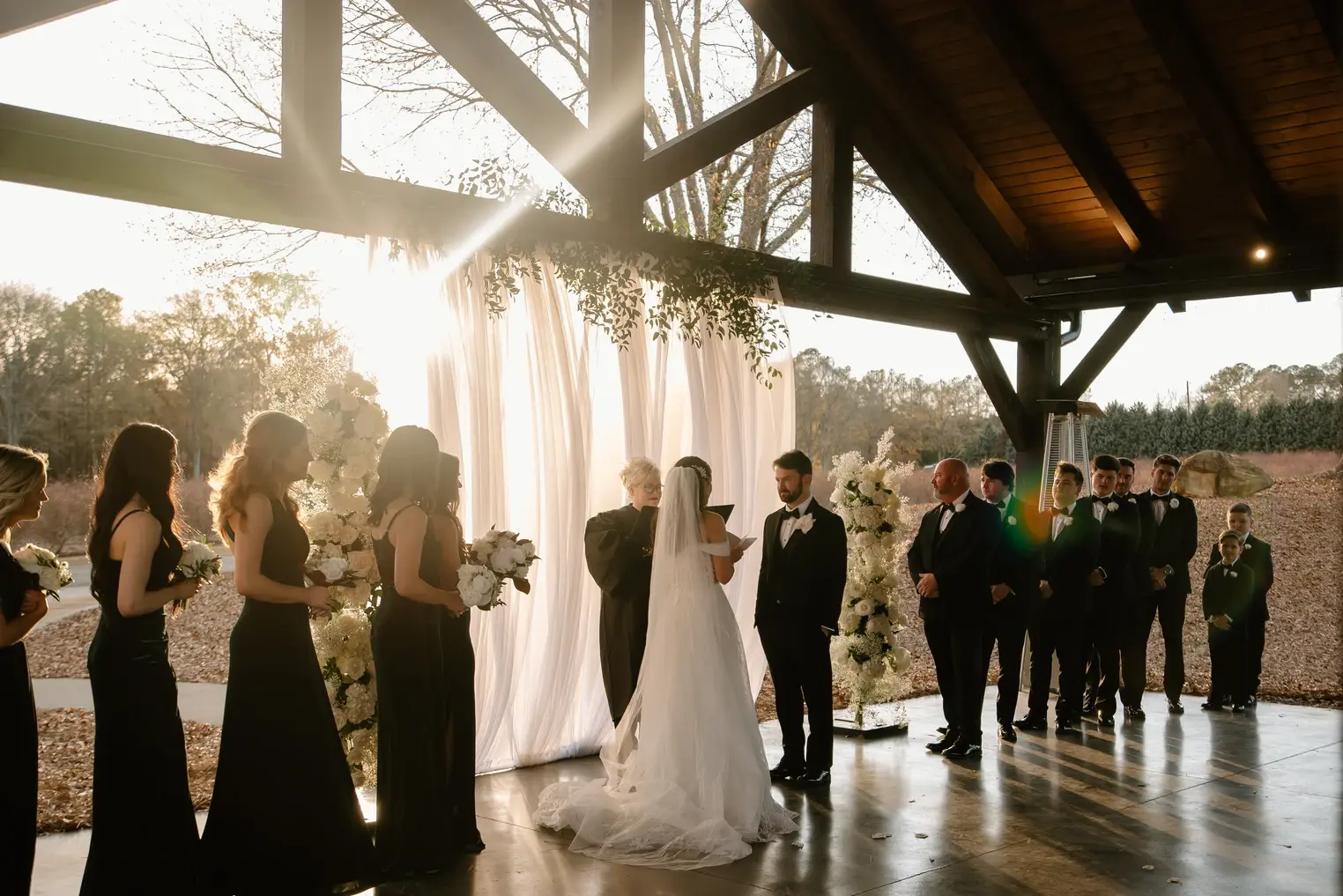
In a world overloaded with distractions, possessions, and pressure to constantly consume, minimalism offers a refreshing alternative—a lifestyle rooted in simplicity, clarity, and purpose. But what does it actually mean to live a minimalist lifestyle? And how can you adopt it without feeling overwhelmed?
This article will walk you step by step through how to start living a minimalist lifestyle. Whether you’re feeling buried under clutter, burned out by constant busyness, or just curious about what minimalism really looks like, you’re in the right place.
Let’s dive into a human, honest, and practical approach to minimalism.
What Is Minimalism?
Minimalism is more than just having fewer things. It’s a mindset that focuses on what truly matters. It means clearing the clutter—both physical and mental—so you can live with more freedom, peace, and intention.
For some, it means downsizing their wardrobe or living in a smaller space. For others, it’s about cutting unnecessary commitments, saying “no” more often, or spending less time online.
Minimalism looks different for everyone, but the goal is the same: living more by owning and doing less.
Step-by-Step Guide to Living a Minimalist Lifestyle
Step 1: Clarify Your “Why”
Before you start tossing things out, take a moment to ask yourself:
- Why do I want to live more simply?
- What do I hope to gain—less stress, more time, financial freedom?
Write it down. This reason will be your anchor when the process gets tough or overwhelming.
Step 2: Start With One Area
Don’t try to declutter your entire life in one weekend. Instead, start small. Pick one area—your closet, your desk, your kitchen drawers. Finish one space completely before moving on.
Ask yourself with each item:
- Do I need this?
- Do I use it?
- Does it add value to my life?
If the answer is “no,” consider donating, recycling, or letting it go.
Step 3: Create a “Maybe” Box
Sometimes it’s hard to let go. That’s okay.
Place items you’re unsure about in a box, seal it, and mark a date—like three months later. If you haven’t needed or missed anything in the box by then, it’s a sign you can let them go.
This technique removes the pressure to make perfect decisions right away.
Step 4: Simplify Your Wardrobe
Clothes often take up a surprising amount of space and mental energy. You can start a capsule wardrobe, which means choosing a small number of versatile, loved pieces that work well together.
Try this:
- Keep what you love and wear often.
- Donate what doesn’t fit, feels uncomfortable, or hasn’t been worn in a year.
You’ll spend less time deciding what to wear and feel better in clothes you truly love.
Step 5: Declutter Your Digital Life
Digital clutter is real. Too many apps, endless notifications, or a chaotic inbox can drain your time and focus.
Start by:
- Deleting unused apps
- Unsubscribing from newsletters
- Turning off non-essential notifications
- Organizing your files and photos
Even just five minutes a day can make a big difference.
Step 6: Be Intentional With Your Time
Minimalism isn’t just about physical stuff—it’s also about how you spend your time.
Ask yourself:
- What activities leave me feeling drained?
- What commitments don’t align with my values?
Start saying “no” to things that don’t serve you. Make space for what matters—whether that’s rest, creativity, relationships, or personal growth.
Step 7: Practice Mindful Spending
Living minimally doesn’t mean never spending money—it means spending intentionally.
Before you buy something, ask:
- Do I really need this?
- Can I borrow it instead?
- Will this item add lasting value?
You’ll likely save money, shop less, and appreciate what you do buy even more.
Step 8: Declutter Regularly
Minimalism isn’t a one-time event. Life changes, and so do your needs.
Make it a habit to review your belongings every few months. The more you do it, the easier it becomes.
Tip: Try the “one in, one out” rule—when you bring something new in, let go of something old.
Step 9: Redefine Success and Happiness
Society often tells us that success is about owning more. But minimalism flips that idea. It encourages you to ask:
- What makes me feel truly content?
- What brings joy and peace to my life?
It’s not about perfection—it’s about intention.
When you shift your definition of success from more things to more meaning, you’ll naturally begin to live more minimally.
Step 10: Keep It Flexible
Minimalism isn’t about rules. It’s a tool to help you live better.
Maybe you love books, art supplies, or shoes—and that’s fine. You don’t have to give up everything. Just be sure you’re keeping what you love and letting go of what’s holding you back.
Make minimalism work for you, not the other way around.
Benefits of a Minimalist Lifestyle
- Less stress: A tidy space helps clear your mind.
- More time: You’re not constantly cleaning, shopping, or organizing.
- Better focus: Fewer distractions make it easier to concentrate.
- Financial freedom: You spend less on things you don’t need.
- Greater appreciation: You value what you do have more deeply.
5 Frequently Asked Questions (FAQs)
1. Is minimalism only about getting rid of things?
No. Minimalism is more about intentional living than just decluttering. It’s about focusing your time, energy, and space on what truly matters to you.
2. Can I be a minimalist with a family or kids?
Absolutely. Minimalism with kids just requires a bit more communication and creativity. You can involve them in the process by helping them choose their favorite toys, books, or clothes.
3. Do I need to live in a small house to be minimalist?
Not at all. Minimalism isn’t about square footage—it’s about how you use your space. You can live minimally in a large home or a tiny apartment. It’s the mindset that counts.
4. Will I have to give up things I love?
No. Minimalism encourages you to keep what you love and let go of what you don’t. It’s not about deprivation—it’s about freedom.
5. How long does it take to become a minimalist?
There’s no deadline. Some people take a weekend to simplify, while others take months or even years. Go at your own pace, and don’t rush the process. It’s about the journey, not a finish line.
Final Thoughts
Living a minimalist lifestyle doesn’t mean giving up everything you own or living in an empty white room. It’s about being honest with yourself, simplifying your surroundings, and making space for what matters most.
Start small. Stay consistent. And remember: it’s not about having less, it’s about making room for more of what truly matters.




